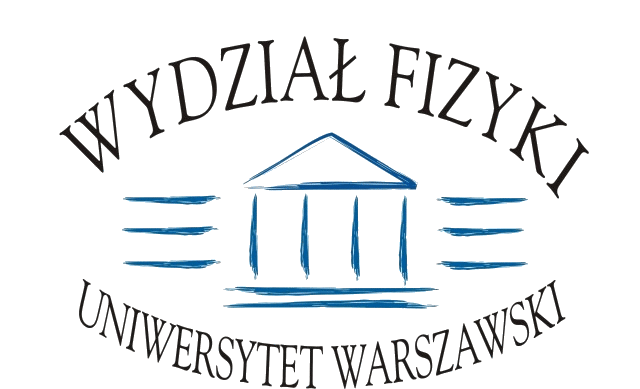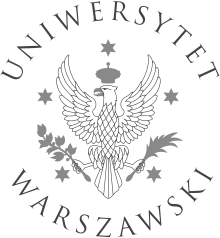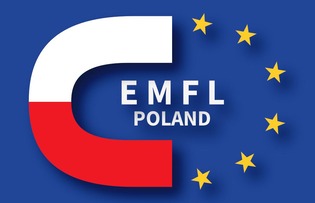High Magnetic Fields – New Research Opportunities
2025-08-27
High magnetic fields play a crucial role in the study of modern materials, and discoveries related to them have repeatedly been recognized with the Nobel Prize. Access to the highest fields is provided by the European Magnetic Field Laboratory (EMFL), a unique research infrastructure with facilities in France, the Netherlands, and Germany. The Polish scientific community has been actively using this infrastructure for decades, and the University of Warsaw has joined EMFL for the years 2025–2029, representing the EMFL-Polska consortium. Researchers will be able to conduct experiments at the Faculty of Physics, University of Warsaw, and apply for access to EMFL laboratories. The project also includes outreach activities, including the EMFL Users Meeting, to be held in Warsaw in June 2026.
Magnetic fields have revealed many unexpected properties of materials, leading to multiple Nobel Prizes. Ensuring access to the strongest magnetic fields is the mission of EMFL, a unique European research infrastructure with facilities in France, the Netherlands, and Germany.
Polish scientists have been active users of high magnetic fields for decades. The large number of projects, experiments, and publications places them among the leading EMFL users, justifying Poland’s institutional participation. Thanks to support from the Ministry of Science and Higher Education (Agreement 2025/WK/01), the University of Warsaw joined EMFL for 2025–2029, representing EMFL-Polska, a consortium of leading national research centers.
In addition to EMFL membership, the current project strengthens international cooperation, building on the success of the Horizon 2020 ISABEL project (871106). Prospective EMFL users will be able to apply for access to laboratories at the Faculty of Physics UW, to carry out the first stage of experiments in moderate magnetic fields. At the same time, the same application can include access to the highest magnetic fields offered by EMFL facilities in Grenoble, Nijmegen, Toulouse, and Dresden.
An experienced research team, advanced experimental setups, and superconducting magnets up to 17 T enable optical experiments in Faraday and Voigt configurations. Measurements can be performed across a wide temperature range, from room temperature down to pumped helium temperatures (about 1.5 K), significantly expanding the scope of possible studies.
The project also supports the scientific community through outreach and networking. A key milestone will be the EMFL Users Meeting, scheduled in Warsaw in June 2026.
More information: https://lasso.fuw.edu.pl






